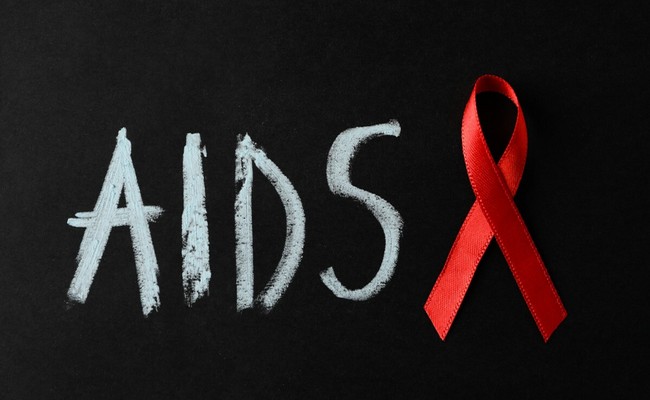Medical Management of HIV or AIDS:
Medical management of AIDS or HIV focuses on elimination of opportunistic infections.
1. Treatment of opportunistic infections. For Pneumocystis pneumonia, TMP-SMZ is the treatment of choice; for mycobacterium avian complex, azithromycin or clarithromycin are preferred prophylactic agents; for cryptococcal meningitis, the current primary treatment is IV amphotericin B.

2. Prevention of opportunistic infections. TMP-SMZ is an antibacterial agent used to treat various organisms causing infection.
3. Antidiarrheal therapy. Therapy with octreotide acetate (Sandostatin), a synthetic analog of somatostatin, has been shown to be effective in managing severe chronicdiarrhea.
4. Antidepressant therapy. Treatment for depression in patients with HIV infection involves psychotherapy integrated with imipramine, desipramine or fluoxetine.
5. Nutrition therapy. For all AIDS patients who experience unexplained weight loss, calorie counts should be obtained, and appetite stimulants and oral supplements are also appropriate.
Pathophysiological Condition or Pathophysiology of HIV/AIDS:
HIV infection passes through a series of steps or stages before it turns into AIDS, These stages of Infection as outlined in 1993 by the Centers for Disease Control and prevention are:
1. Seroconversion illness – this occurs in l to 6 weeks after acquiring the infection. The feeling is similar to a bout of flu.
2. Asymptomatic infection – After seroconversion. virus levels are low and replication continues slowly. CD4 and CD8 lvmphocyte levels are normal. This Stage has no symptoms and may persist for years together.
3. Persistent generalized lymphadenopathy (PGL) – The lymph nodes in these patients are swollen for three months or longer and not due to any other cause.
4. Symptomatic infection – This stage manifests with symptoms. In addition, there may be opportunistic infections. This collection of symptoms and signs is referred to as the AIDS- related complex (ARC) and is regarded as a prodrome or precursor to AIDS.
5. AIDS – this stage is characterized by severe immunodeficiency. There are signs of life- threatening infections and unusual tumors; This stage is characterized by CD4 T-cell count below 200 cells/mm3.
6. There is a small group of patients who develop AIDS very slowly, patients are called nonprogressors.
The pathological spectrum of HIV infection is changing as the infection spreads into new communities with different potential opportunistic diseases, and as medical science devises drugs against HIV replication.

Maria Khatun Mona is a Founder and Editor of Nursing Exercise Blog. She is a Nursing and Midwifery Expert. Currently she is working as a Registered Nurse at Evercare Hospital, Dhaka, Bangladesh. She has great passion in writing different articles on Nursing and Midwifery. Mail her at “maria.mona023@gmail.com”
